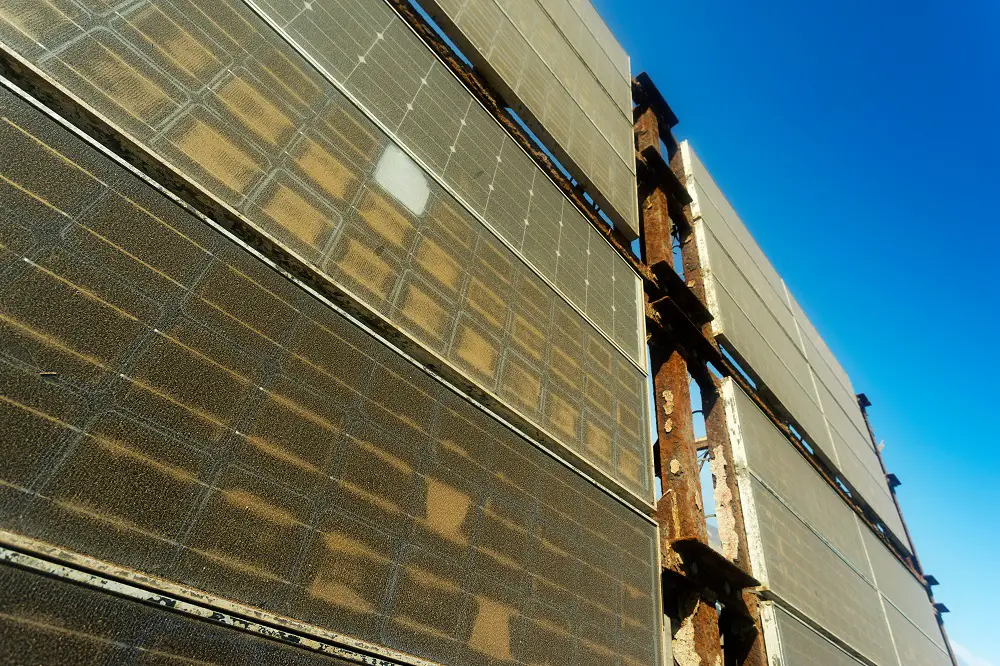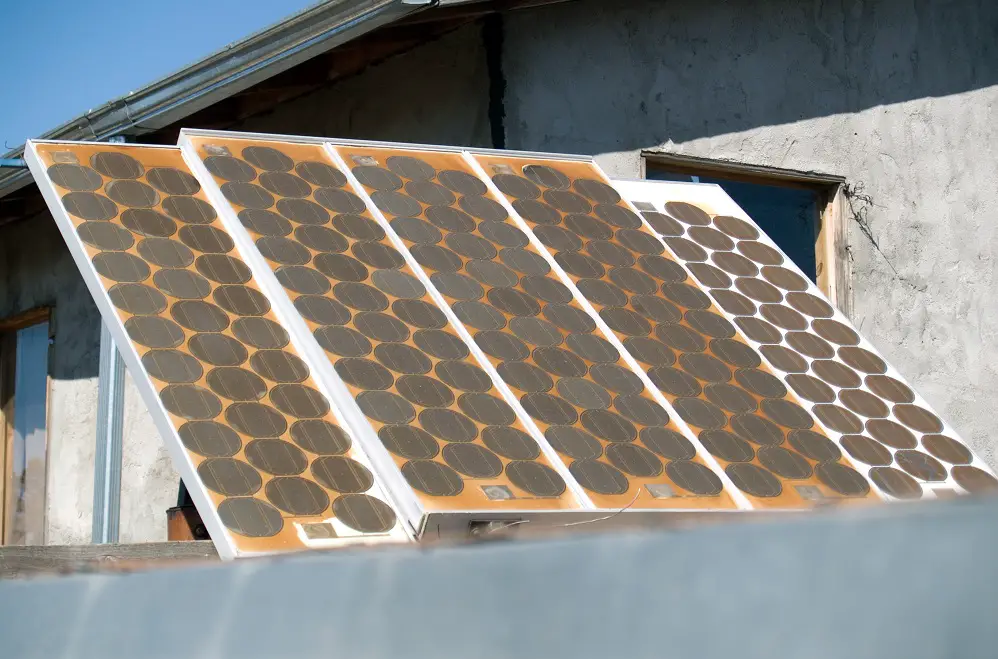The lack of moving parts in solar power systems means that they are far less likely to break down. Warranty periods are also usually rather long due to the average life expectancy of a solar panel.
The performance of a solar panel can be guaranteed anywhere between 25 and 30 years. However, this will vary from manufacturer to manufacturer. This initial 25-to-30-year period following the installation of solar panels is regarded as their “useful life."
Solar panels, however, don’t immediately stop producing electricity once they reach the end of their “useful life." It simply means that their energy production will decrease by what is considered optimal by solar panel manufacturers to meet the energy needs of the average American family.
What Is the "Useful Life" of a Solar Panel?

Just like other kinds of equipment, solar panels don’t perform at 100% efficiency for the entirety of their life and then immediately stop working after 30 years. Instead, solar panels increasingly produce less electricity as they age; This process is known as "degradation rate."
Due to the degradation of solar panels, the production warranties of most panels change as they age. Manufacturers usually guarantee 90 percent of the panels’ production until the first 10 years. After 10 years, the percentage drops to 80 percent for the remaining 15- to 20-years.
Once the useful life of a solar panel is up, it can still produce electricity. However, depending on one’s financial goals, it may be better to replace the older panels with more efficient ones.
What Is Solar Panel Degradation?
All solar panels will degrade slowly over time, which means that they will be produce less electricity from the same amount of sunlight. Solar panel degradation is usually caused by unavoidable external factors such as weather changes and UV exposure, which means that it is completely normal and to be expected.
When a solar panel degrades, its power output is reduced. Degradation rates usually differ, but most quality panels are still able to carry up to 90 percent of their output efficiency after 20- to 25-years. Solar panel degradation rates are usually accounted for in the product performance warranties offered by solar panel manufacturers.
How Quickly Do Solar Panels Degrade?
Solar panels lose their ability to absorb sunlight and convert it into electricity due to factors such as ambient weather as well as the natural reduction in chemical potency within the panel.
Solar panel degradation rates vary depending on the climate where the solar panels are installed as well as the brand; The lower the degradation rate, the better the panel. A solar panel with a lower degradation rate will produce more energy over its lifetime.
Fortunately, recent data shows that modern PV systems are outperforming expectations. Modern solar panels have degradation rates as low as 0.3 percent per year. 0.8 percent is the currently the worst degradation rate, but as a benchmark, you can expect an average annual degradation rate of about 0.5 percent.
What Does "Degradation Rate" Mean Exactly?
A panel whose degradation rate is 0.5 percent will likely produce about 87.5 percent as much electricity as it did when it was initially installed at the end of its 25-year “useful lifespan."
To determine the projected output of a solar panel after a certain number of years one simply multiplies the degradation rate by the target number of years. To illustrate:
Assume a Degradation Rate of 0.5% per year.
Assume a Useful Lifespan Estimate of 25 years.
100% - (25*0.5%) = 87.5%
The degradation rate can be either high or low depending on the quality of materials used to manufacture the panels. Manufacturers sometimes use less aluminum to keep the price of the panels low and this makes the frames thinner and thus more vulnerable to degradation.
Types of Solar Panel Degradation

There are three main types of solar panel degradation:
Light-Induced Degradation (LID)
Light-induced degradation occurs when the solar panel is initially exposed to radiation from the sun and the panel’s photoconductivity is reduced as a response.
It is considered the panel’s ‘adjustment’ stage or ‘initial degradation’ that occurs within the first 1,000 hours of operation. LID reduces the efficiency of solar panels by 1 to 3 percent on average and generally stabilizes after.
Potential-Induced Degradation (PID)
Potential-induced degradation does not always occur, but if it does, it could potentially reduce the performance of a solar panel by up to 30 percent.
PID occurs when different components in the system are at different voltages, such as the solar cell and the panel’s frame, causing a disruption in voltages. The variance leads to voltage leaks subsequently reducing a panel’s power output.
Age-Related Degradation
Solar modules are naturally exposed to external factors thus making degradation inevitable. Age-related degradation has to do with the solar panel’s natural wear and tear.
Factors that may cause this include chemical reactions in semi-conductive materials that cause cell contamination, crystalline hardening, weather cycles, and shadowing effects.
What Causes Solar Panel Degradation?
Several different factors may contribute to solar panel degradation, but many of them focus on something beyond anyone’s control – the weather. Here are the leading causes of solar panel degradation:
Thermal Cycling: Materials contract and expand at varying rates with temperature changes. This puts joints between different materials under strain thus causing slow deterioration. The thermal cycle or main temperature change happens between night and day, but there can be several thermal cycles during the day as rain hits the panels or clouds block the sun’s rays.
Dynamic Mechanical Load: It is a term that refers to the flexing of solar panels caused by strong winds. If the panels are of high quality and are installed by experts, however, this should not be a major contributor to degradation. Still, while properly installed panels don’t flex much, it can still cause damage over time.
Humidity: The combination of high humidity and high heat can be particularly hard on solar panels. The poorest quality panels can easily fall apart after the glue that holds them together gives in. Humidity may also contribute to potential-induced degradation (PID).
Freezing: If water gets into the seals and joints and the temperatures drop to below freezing, ice expansion may contribute to degradation. Fortunately, this isn’t a major issue with most modern panels since they are designed for far frostier areas.
Final Thoughts
Degradation is of several different types and has several different causes as explained here, which is why it is such a challenging problem to tackle. Fortunately, solar panel manufacturers are always coming up with better ways to lower the degradation rate and ensure that solar panels maintain their power outputs for increasingly longer periods.

